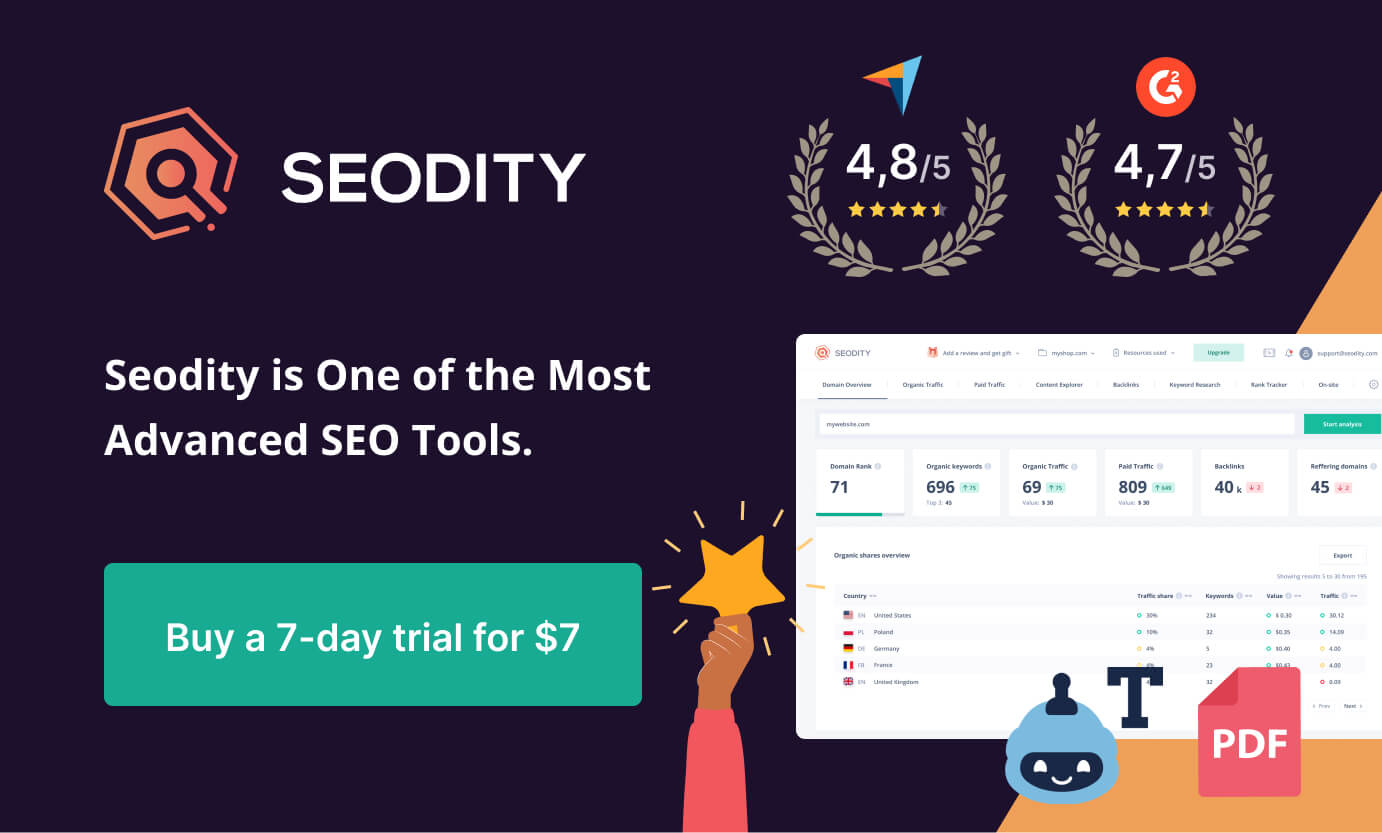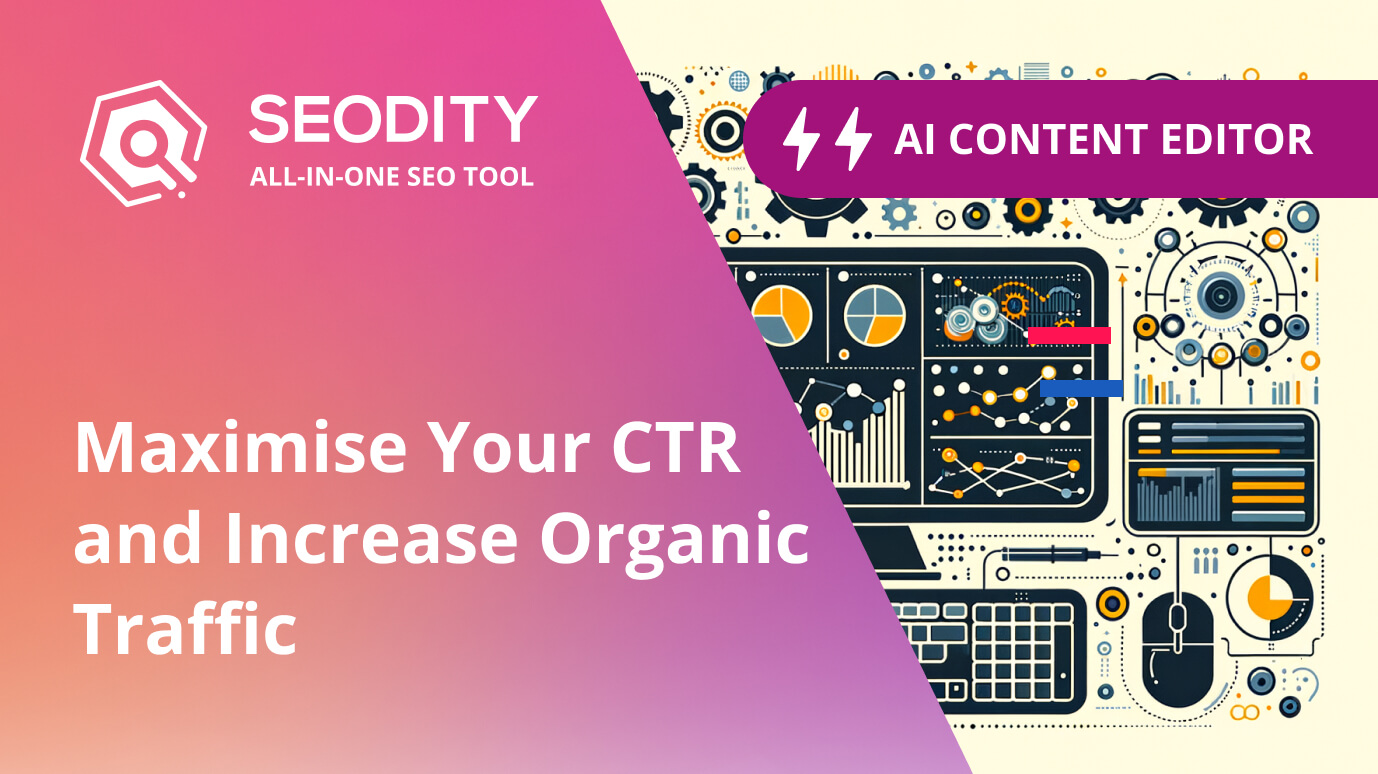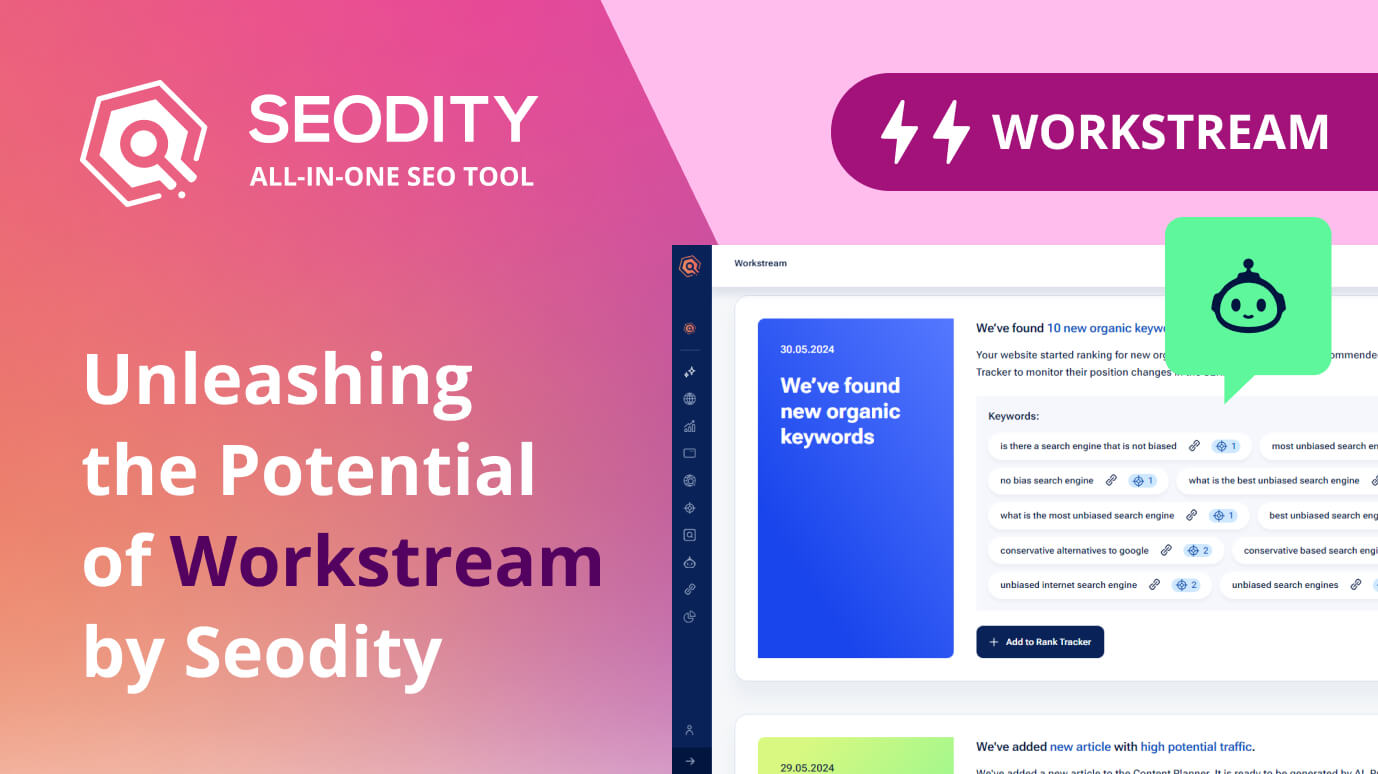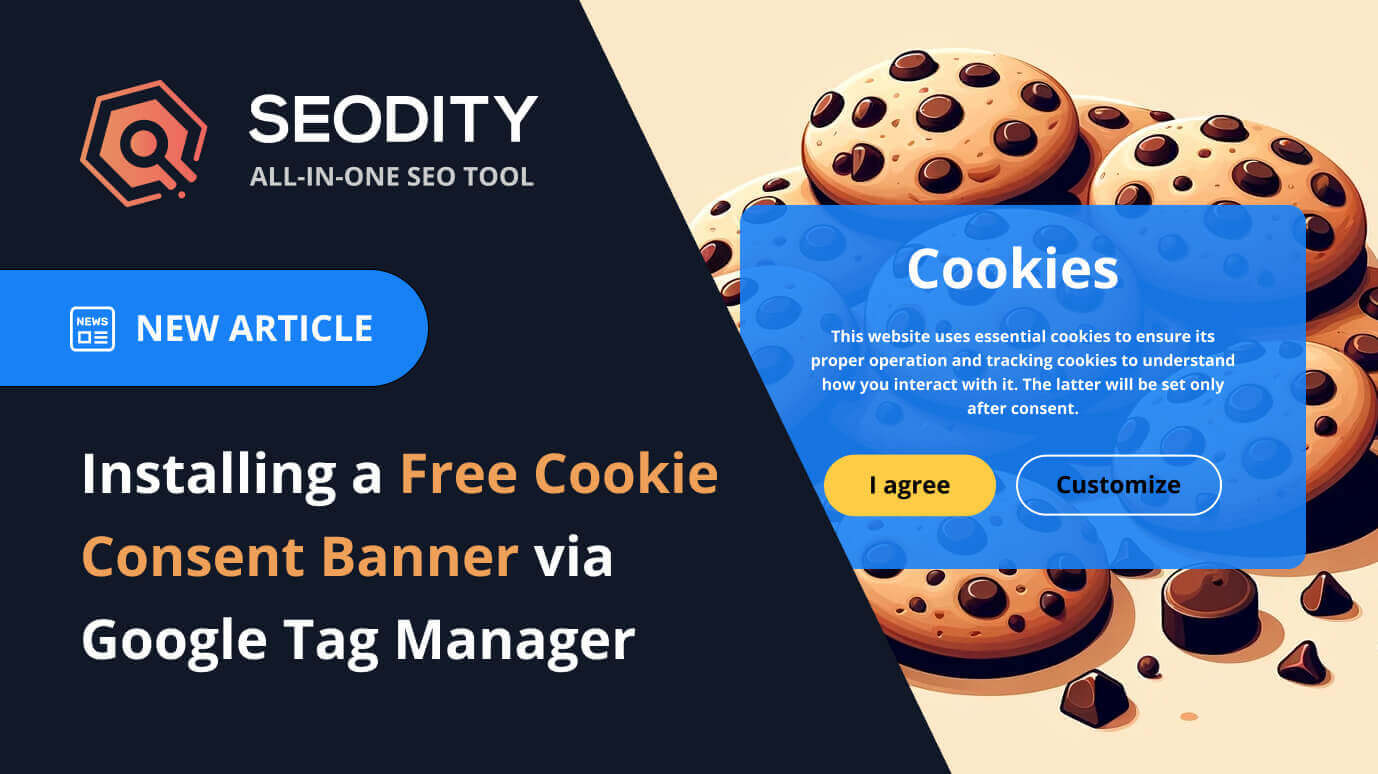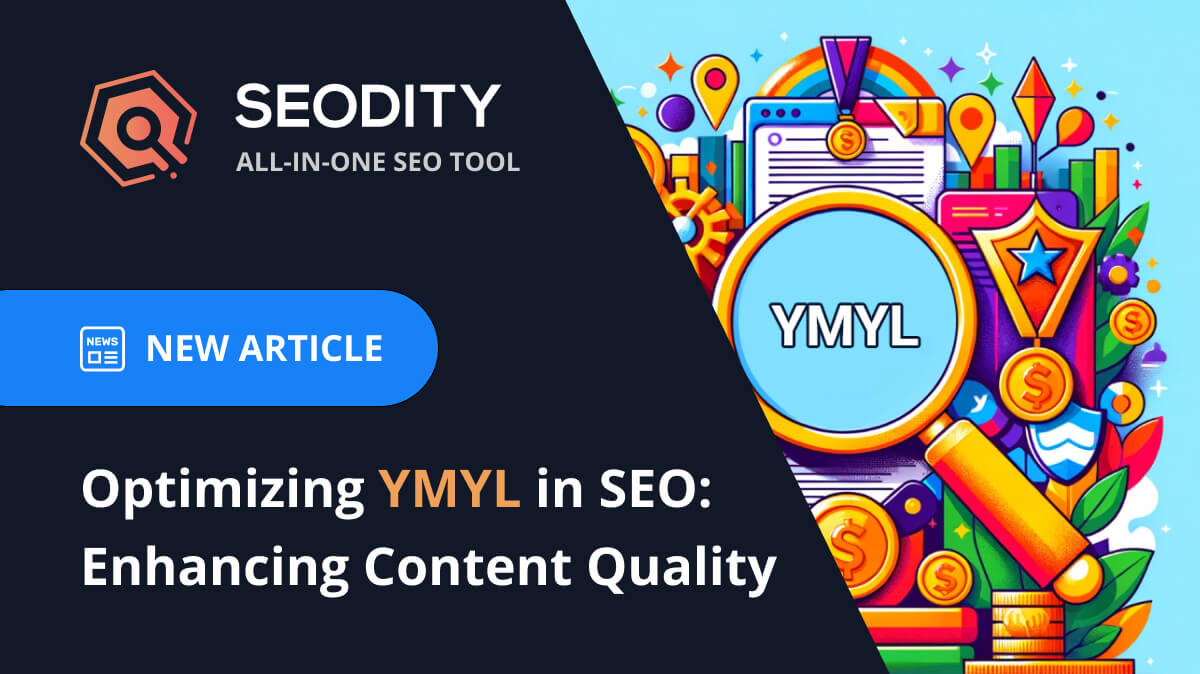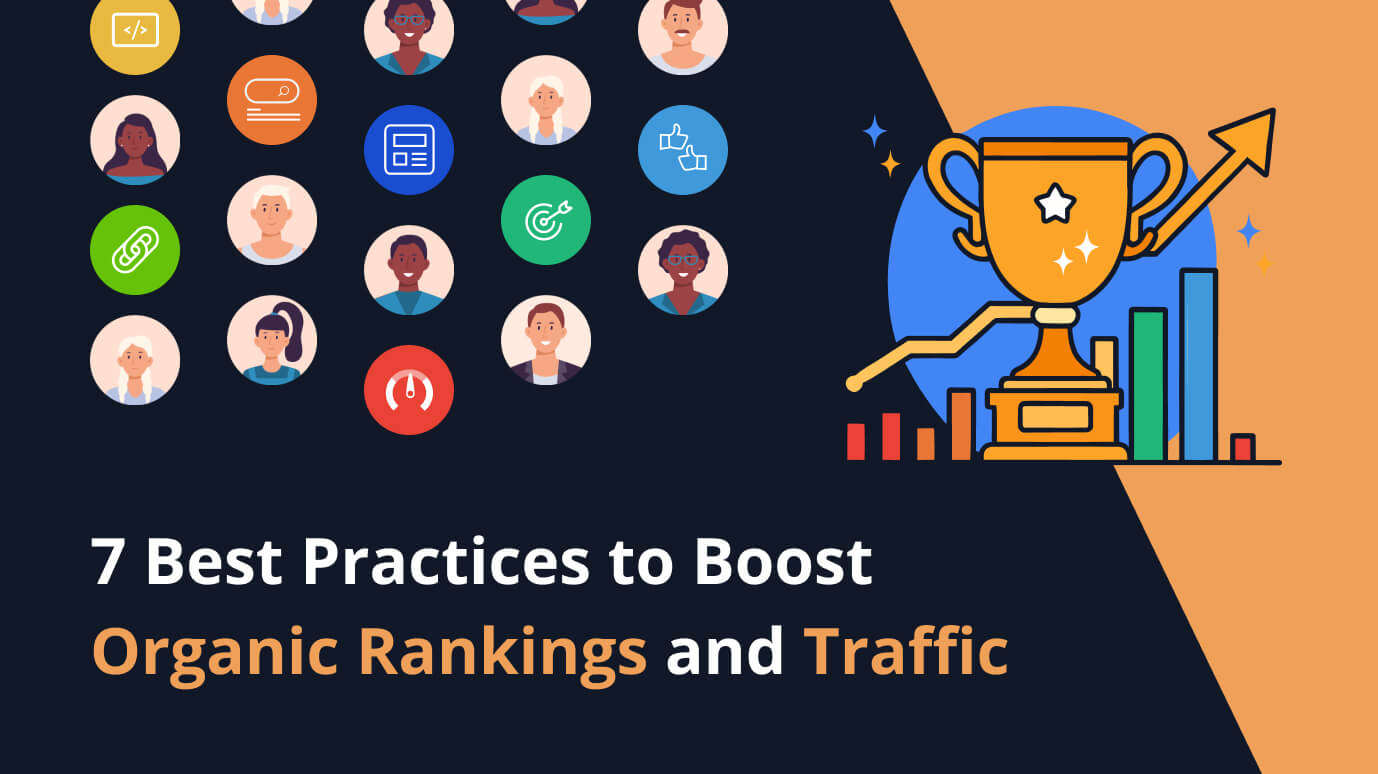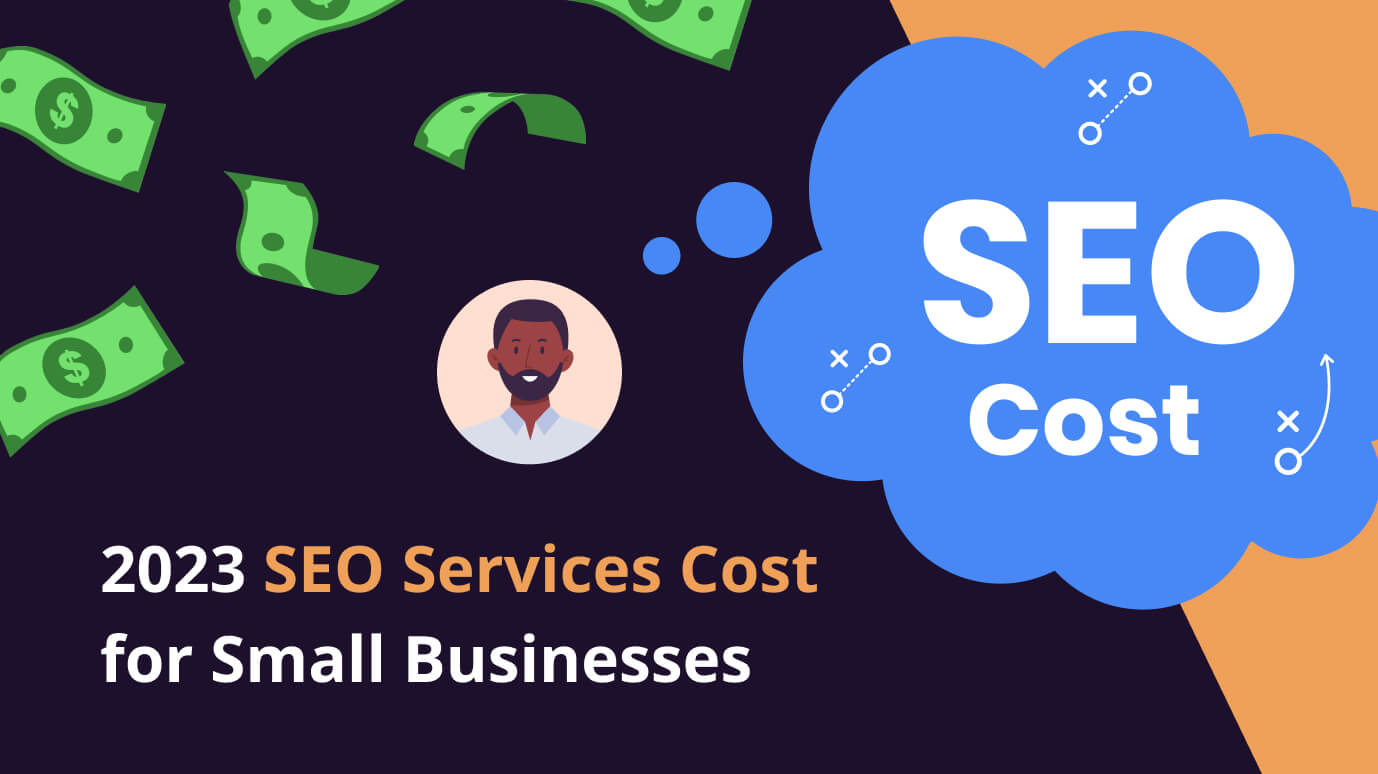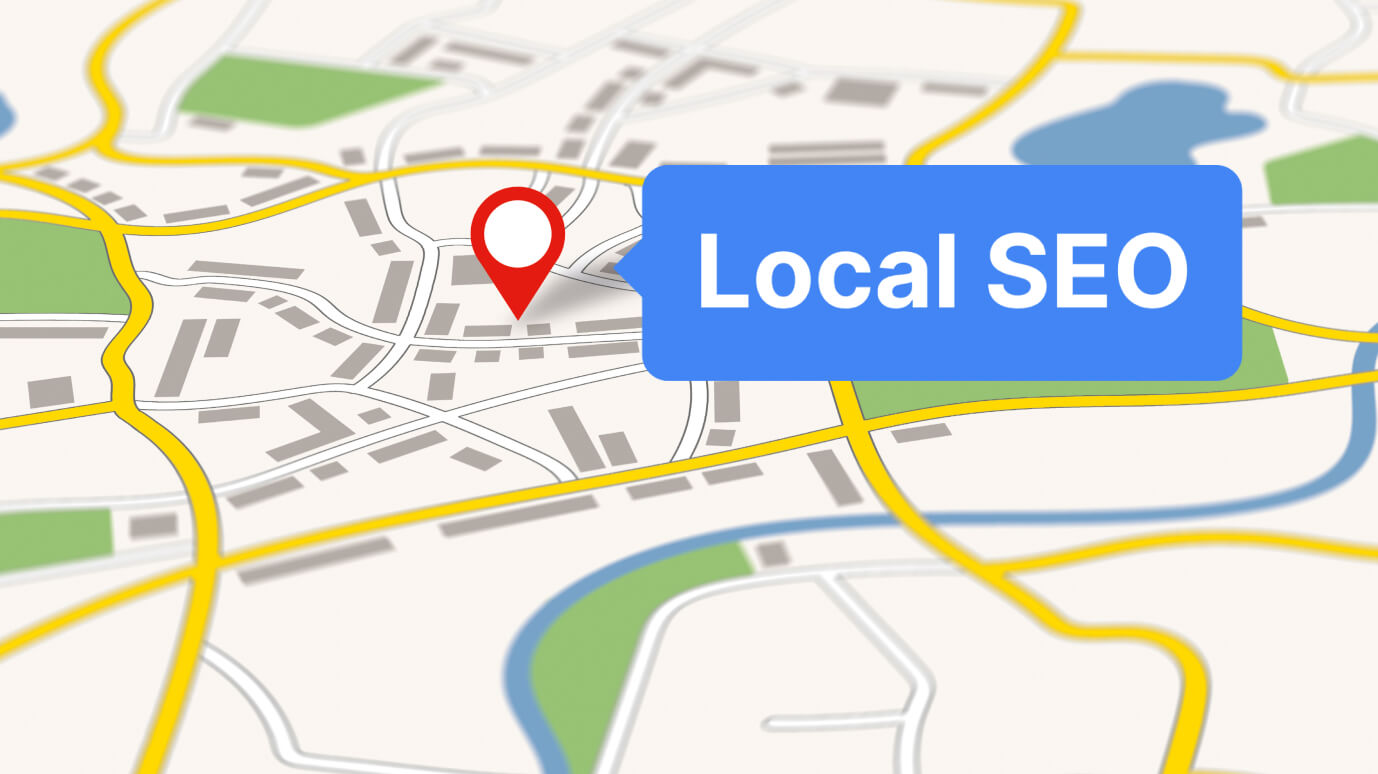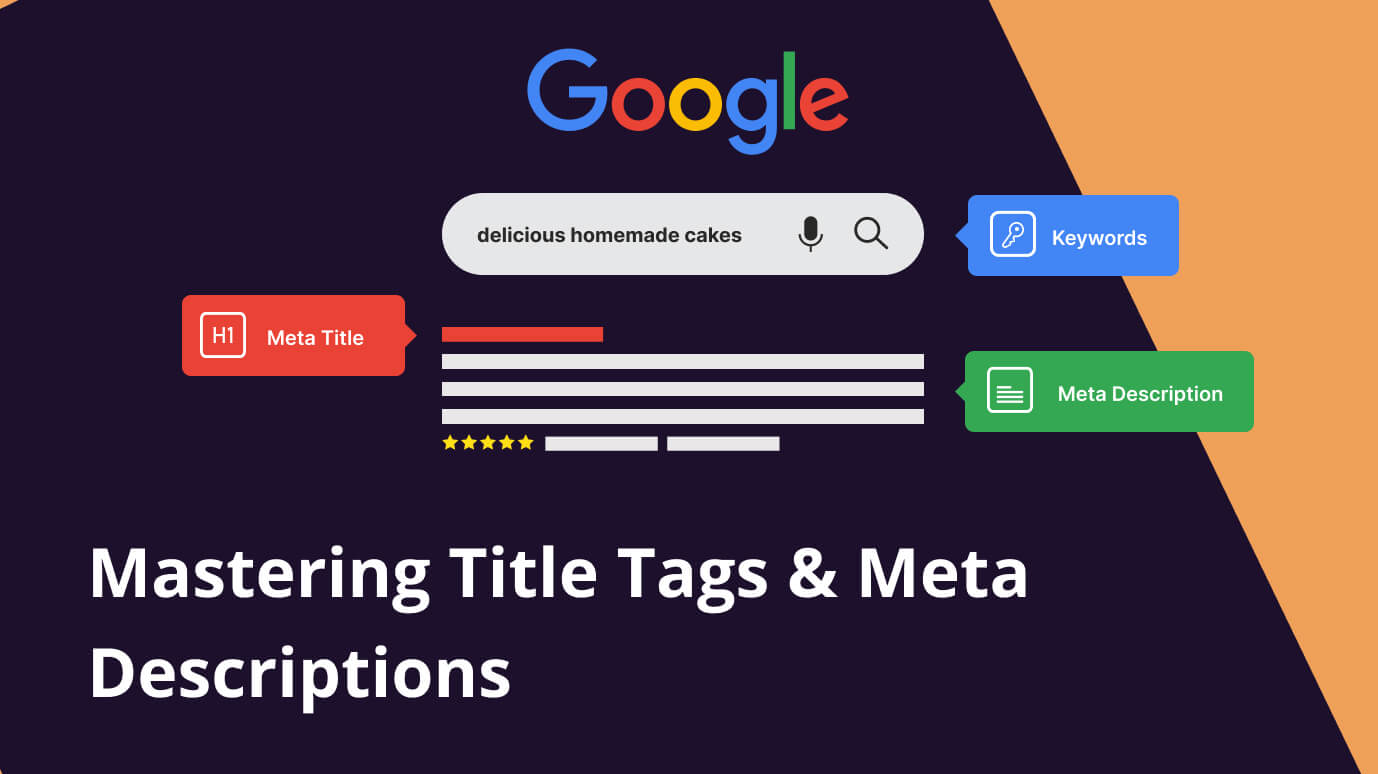
 10 min read
10 min readUnlock the Potential of Title Tags and Meta Descriptions for SEO Success
In the ever-evolving landscape of search engine optimization (SEO), mastering the art of title tags and meta descriptions is important for a website's success. This is because these seemingly simple elements are crucial in how search engines and users perceive your content. In this detailed guide, we'll walk you through the importance of metadata in SEO and offer expert advice on optimizing your title tags and meta descriptions effectively.
Why are Title Tags and Meta Descriptions Important in SEO?
1. Unique Titles for Each Page
The significance of unique title tags for each page on your website cannot be overstated. Title tags serve as a primary indicator for both users and search engines about the content of a page. They appear in three key places: search engine results pages (SERPs), web browsers, and social networks.
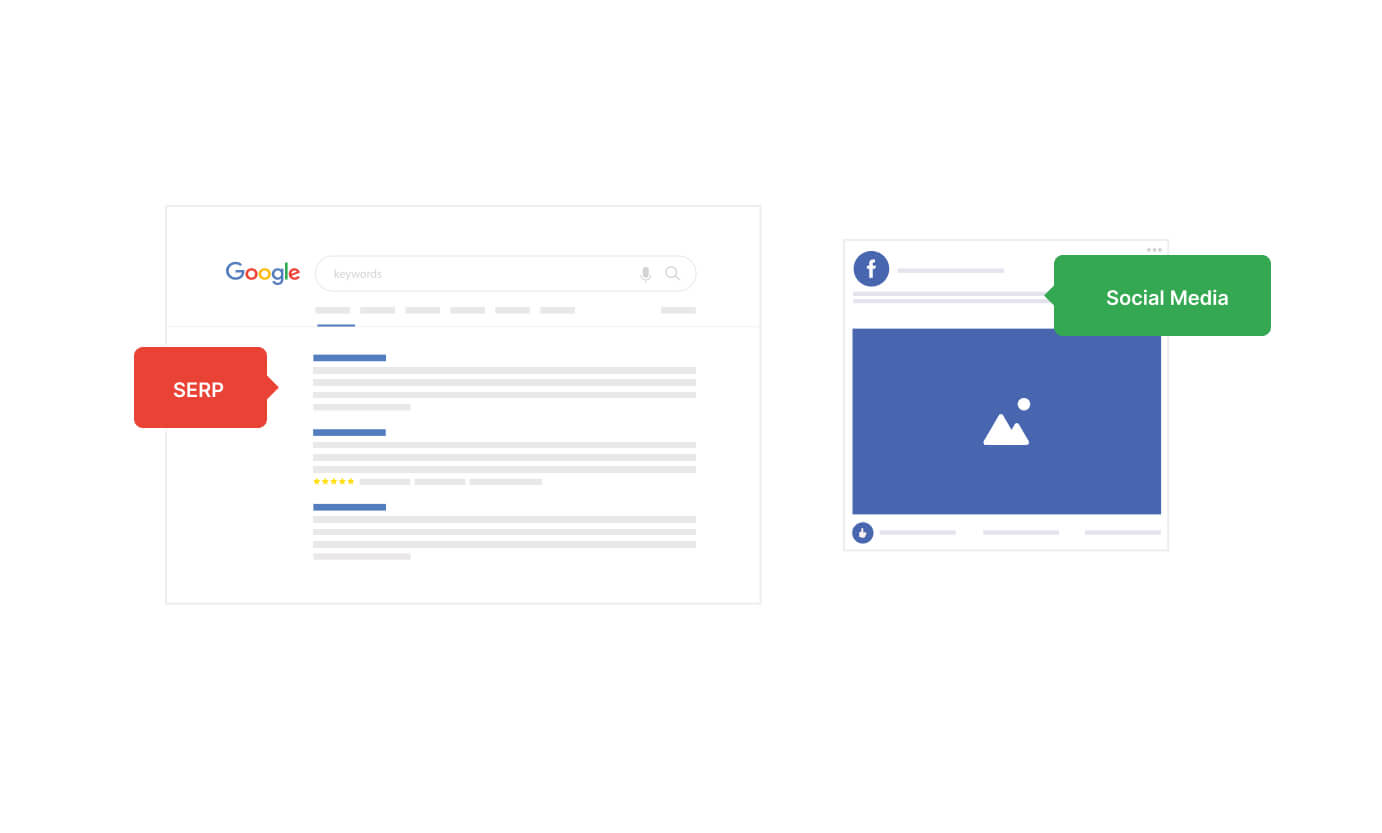
Why are Unique Titles Important?
Duplicate title tags can lead to a poor user experience and hinder your SEO efforts. When users see the same title tag for different pages, it can cause confusion and make it challenging for them to find the specific page they're looking for.
For instance, consider a clothing website with separate pages for "Men's Shoes" and "Women's Shoes." If both pages have the same title tag, say "Shoes," users may struggle to find the specific page they need. This can lead to frustration and potentially drive users away from your site.
From an SEO perspective, search engines use title tags to understand what a page is about. If multiple pages have the same title tag, search engines may struggle to index and rank the pages accurately. This could result in lower visibility in SERPs and decreased organic traffic.
Examples and Use Cases
Let's consider a website for a bakery. It has separate pages for "Cakes," "Pastries," "Breads," and "Contact Us." Each page should have a unique title tag that accurately describes the page content. For example:
- Cakes Page: "Delicious Homemade Cakes | [Bakery Name]"
- Pastries Page: "Freshly Baked Pastries | [Bakery Name]"
- Breads Page: "Artisan Breads | [Bakery Name]"
- Contact Us Page: "Contact Us | [Bakery Name]"
These unique title tags help users quickly understand what each page is about, improving user experience. They also help search engines accurately index the pages, improving the site's SEO.
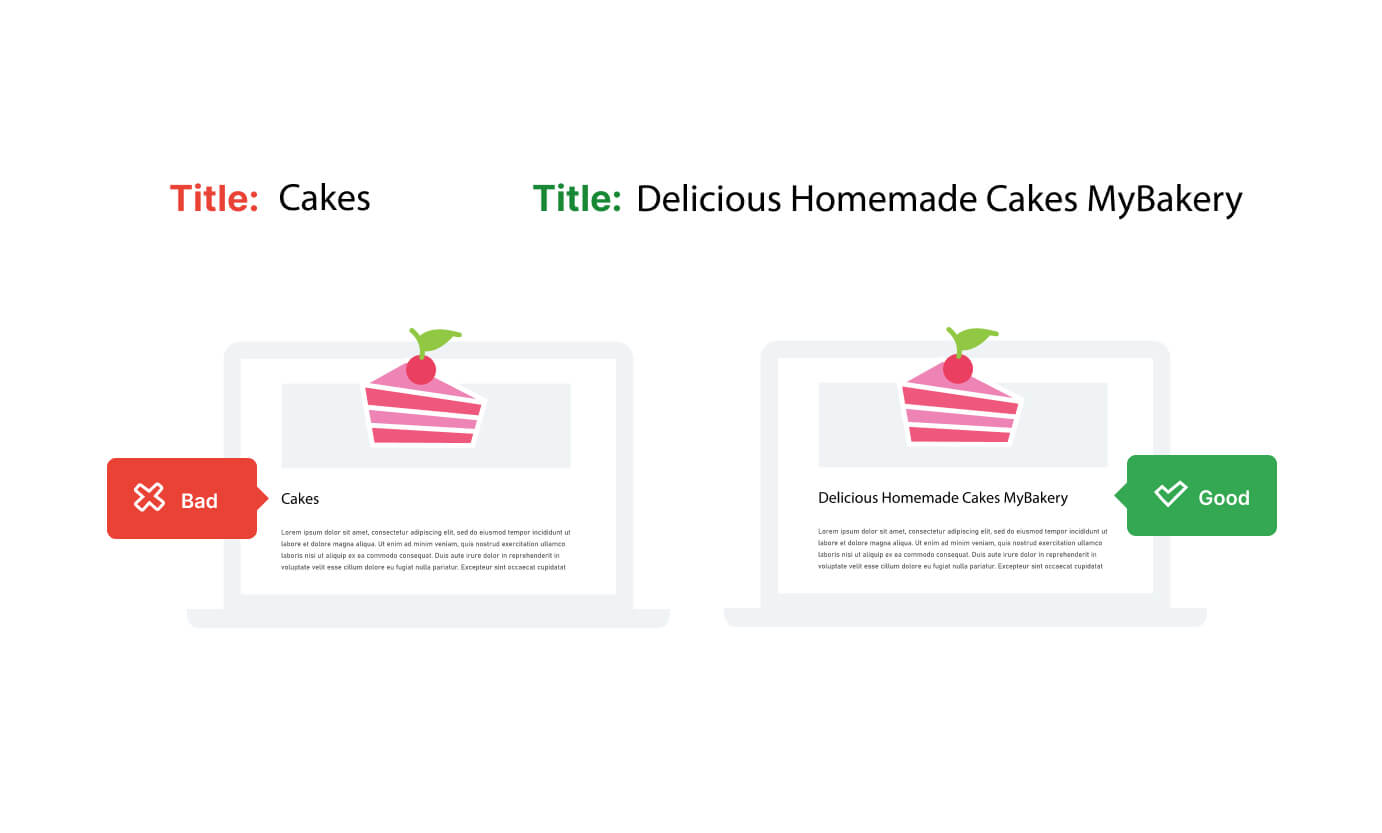
2. Accurate and Descriptive Titles
Your title tag should be an accurate and concise representation of the content on your web page. Search engines prioritize providing users with the most relevant content in response to their search query. By crafting an informative title that clearly demonstrates the topic of your page, you'll increase the likelihood of attracting organic traffic from search engine users.
3. Optimal Title Length: 60 Characters Max
Title tags are an important aspect of on-page SEO. They appear in three key places: browsers, search engine results pages, and external websites. These tags provide both users and search engines with information about the topic of the page, making them an essential component for both SEO and user experience.
The optimal length for title tags is generally up to 60 characters. Here's why:
Search Engine Display: Search engines such as Google typically display only the first 50-60 characters of a title tag in their search results. This is approximately 600 pixels in width. Titles that are longer than this will likely be truncated, which could result in important information being cut off.
User Experience: Keeping your title tags within the 60-character limit also improves user experience. Concise, precise titles are more likely to grab a user's attention and inform them about the content of the page. Long, unwieldy titles may be harder to read and could dissuade users from clicking.
Encouraging Click-Throughs: A well-crafted title tag within the character limit can also encourage click-throughs from search engine results. If the title is informative and enticing, users are more likely to click on the link to read more.
It's important to note that the "60 characters" guideline is just that—a guideline. Depending on the specific characters used (since some characters take up more space than others) and the display settings of the search engine, slightly shorter or longer title tags may be fully visible in search results. However, keeping title tags under 60 characters is a good rule of thumb to ensure that your titles are fully displayed in most circumstances.
Remember, the goal of the title tag is to accurately and succinctly describe the content of the page. Even if your title tag is within the character limit, it won't be effective if it doesn't accurately represent the page's content or isn't compelling to users. So, while keeping title tags concise is important, also focus on making them descriptive and engaging.
For example, a good title tag for a page about chocolate chip cookie recipes might be: "Easy Chocolate Chip Cookie Recipe - Ready in 30 Minutes". This title tag is within the 60-character limit, clearly describes the page content, and adds an enticing detail about the recipe's quick preparation time.
Remember that SEO best practices, including guidelines for title tag length, can change as search engines update their algorithms and display practices. It's always a good idea to stay updated on the latest SEO trends and recommendations.
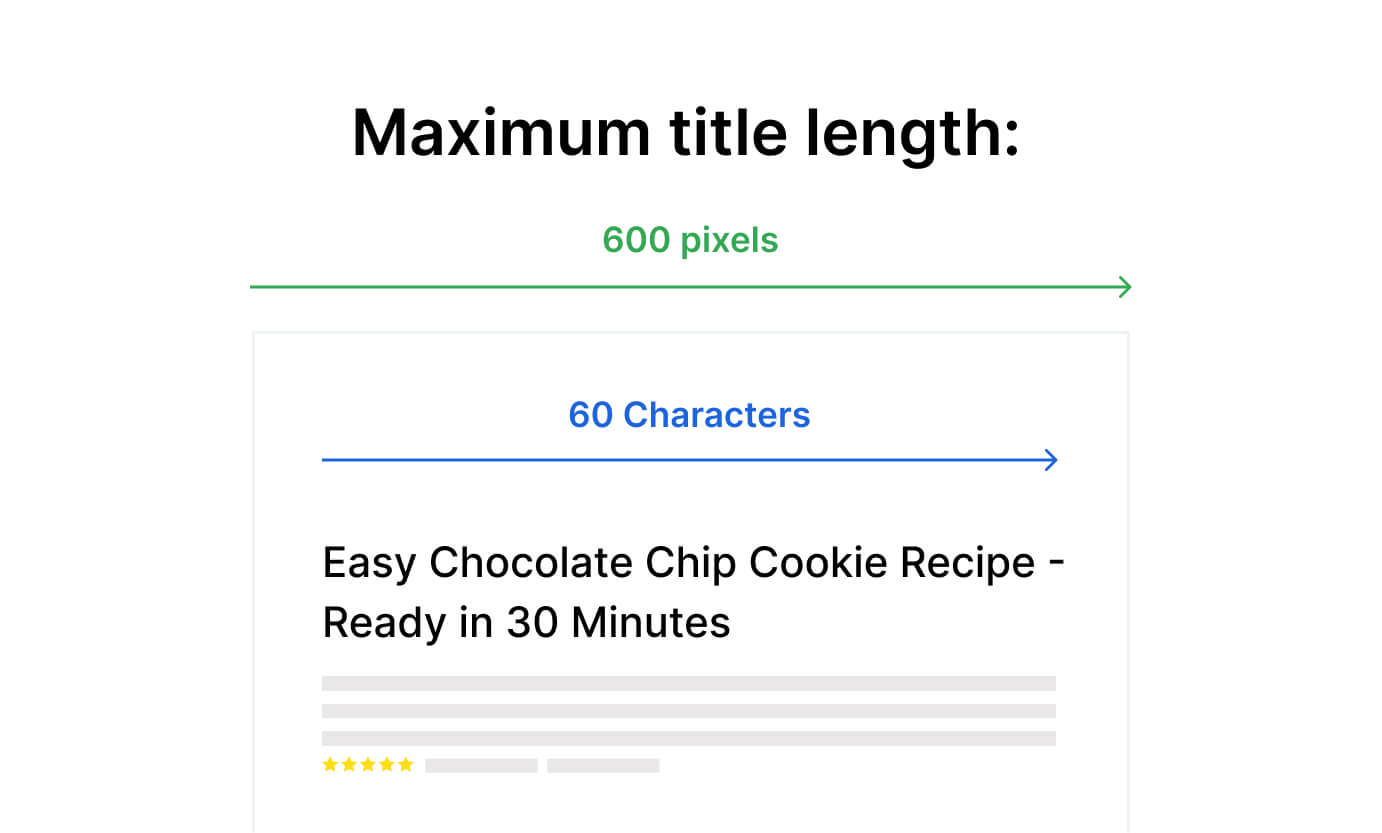
4. Keyword Placement
While Google's official guidelines do not directly mention the strategic placement of keywords in the title tag, the idea is generally accepted in the SEO community. The principle is that placing the main keyword closer to the beginning of the title tag may have more impact on the search engine's understanding of the page's content. However, it's important to remember that Google's algorithms are sophisticated and consider many different factors when ranking pages, not just the placement of keywords.
The primary function of a title tag is to provide a concise and accurate description of a page's content. Therefore, while including keywords is important for SEO, it should not be done at the expense of creating a clear, descriptive title. A title that is loaded with keywords but doesn't make sense to a human reader is unlikely to perform well, because it may not attract clicks and could lead to a high bounce rate if it doesn't accurately represent the page's content.
It's also worth noting that Google may choose to rewrite your title in the search results if it believes it can create a title that better matches a user's query or provides a better understanding of the page's content. This is another reason to focus on creating high-quality, descriptive titles rather than trying to optimize for any particular algorithmic factor.
In short, the strategic placement of keywords in title tags can be part of an effective SEO strategy, but it's important to strike the right balance. Your title tags should include relevant keywords where appropriate, but the priority should always be to create titles that accurately describe the page's content and appeal to human readers. Following this approach will not only help with search engine rankings but should also improve the user experience and the performance of your pages in the search results.
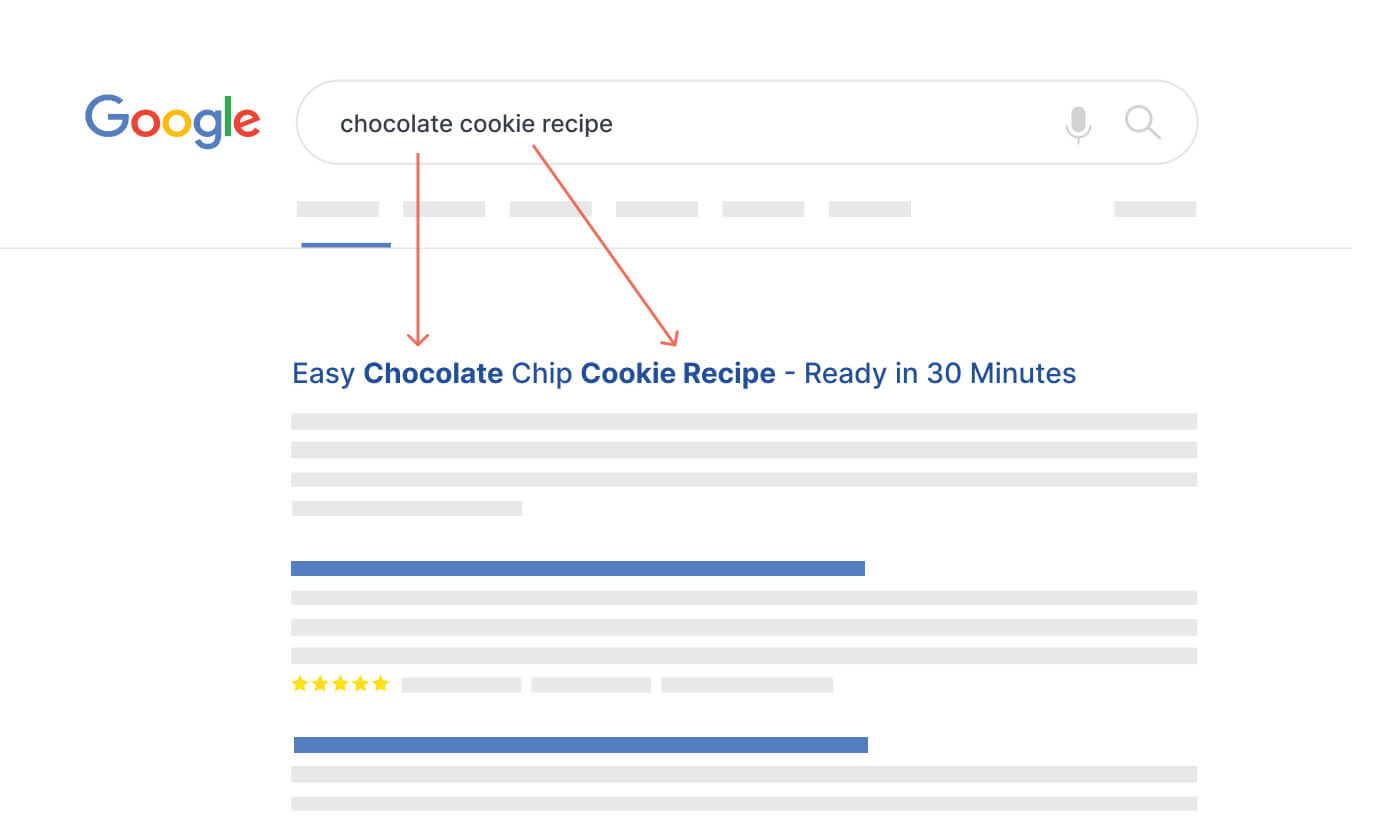
5. Would Google does write title and description itself?
Google does not write titles and descriptions for search results by itself. Instead, it automatically generates these elements based on the content of the webpage being listed.
The title that appears in Google search results is typically taken from the <title> tag in the webpage's HTML. However, if Google determines that the <title> tag is not descriptive or is not relevant to the query, it might generate a different title to better match the user's query or to provide a better understanding of the page's content. Google may also modify the title to account for queries that are related but not exactly the same as the text in the <title> tag. This is done to help users find what they're looking for more easily.
As for the description, also known as the snippet, it's automatically created from the page content and is designed to emphasize and preview the page content that best relates to a user's specific search. This means that Google Search might show different snippets for different searches. Google uses a number of different sources to automatically determine the appropriate snippet, including descriptive information in the meta description tag for each page. It may also use information found on the page, or create rich results based on markup and content on the page.
Tips for Crafting Compelling Meta Descriptions
A meta description serves as a concise synopsis of the content found on your webpage. When a user enters a search query, this description appears beneath the title tag in the search engine results, providing a succinct "preview" of the webpage's content. This snapshot can often be the deciding factor in whether a user clicks on your webpage link or a competitor's. Therefore, it's crucial to master the art of writing compelling meta descriptions. Here are some best practices for crafting them:
Embrace Uniqueness: Each meta description should be unique to its corresponding webpage. Identical or strikingly similar meta descriptions across different pages can lead to confusion both for the search engine algorithms and for users browsing through the search results. By ensuring each meta description is distinct, you make it easier for users and search engines to understand what each page on your site offers.
Be Descriptive and Engaging: While a meta description needs to be succinct, it should also accurately summarize the page content. It should provide a clear idea of what the page is about in a way that is engaging and intriguing to the potential visitor. By making your meta descriptions informative and compelling, you can increase the chances that a user will click on your page in the search results.
Maintain an Optimal Length: While there's no strict limit to the length of a meta description, it's generally recommended to keep it under 160 characters. This is because longer descriptions are typically truncated in search results, which means users may not see your full message. By keeping your description concise, you ensure that your complete message is visible to users in the search results.
Incorporate Relevant Keywords: Although Google's guidelines don't specifically mention this, it's a widely accepted SEO practice to include relevant keywords in your meta descriptions. These keywords help search engines understand the content of your page and match it to relevant user queries. They also help users quickly identify whether your page contains the information they're looking for. However, it's important to avoid stuffing your meta description with keywords, as this can lead to a poor user experience and may be penalized by search engines.
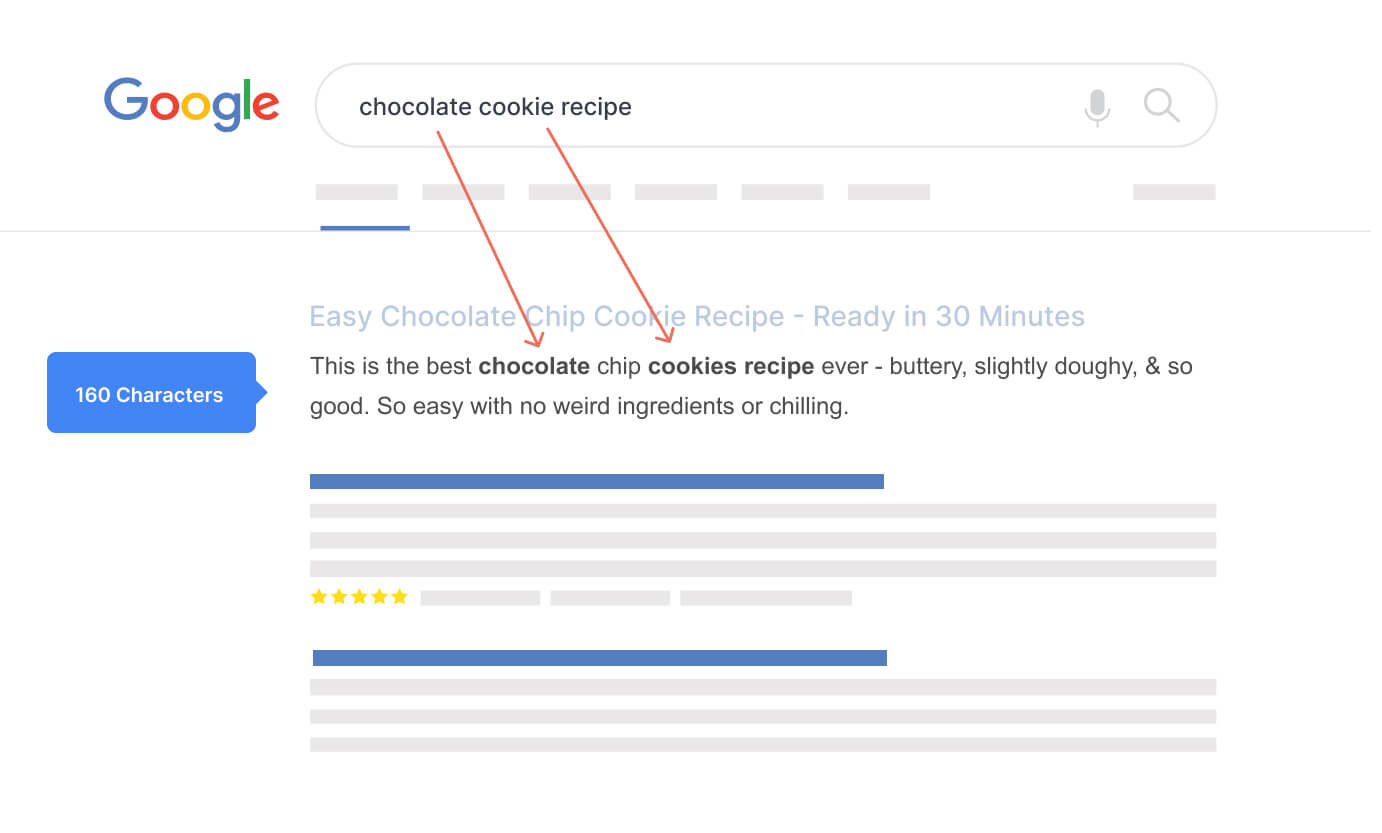
Incorporating the Seodity's On-Site Audit Module
In your quest to optimize title tags and meta descriptions, it's important to know that you have robust tools at your disposal to aid in this endeavor.
Seodity's on-site audit module is one such tool that can be a game-changer. This comprehensive module assists you in identifying and rectifying any problems related to your website's title tags and meta descriptions.
The user-friendly interface makes it easy to detect issues like duplicate or missing metadata, ensuring that each web page is unique and effectively optimized for search engines. By using Seodity's on-site audit module as part of your SEO strategy, you can significantly streamline the process of monitoring and enhancing your website's metadata, leading to improved SEO performance overall.
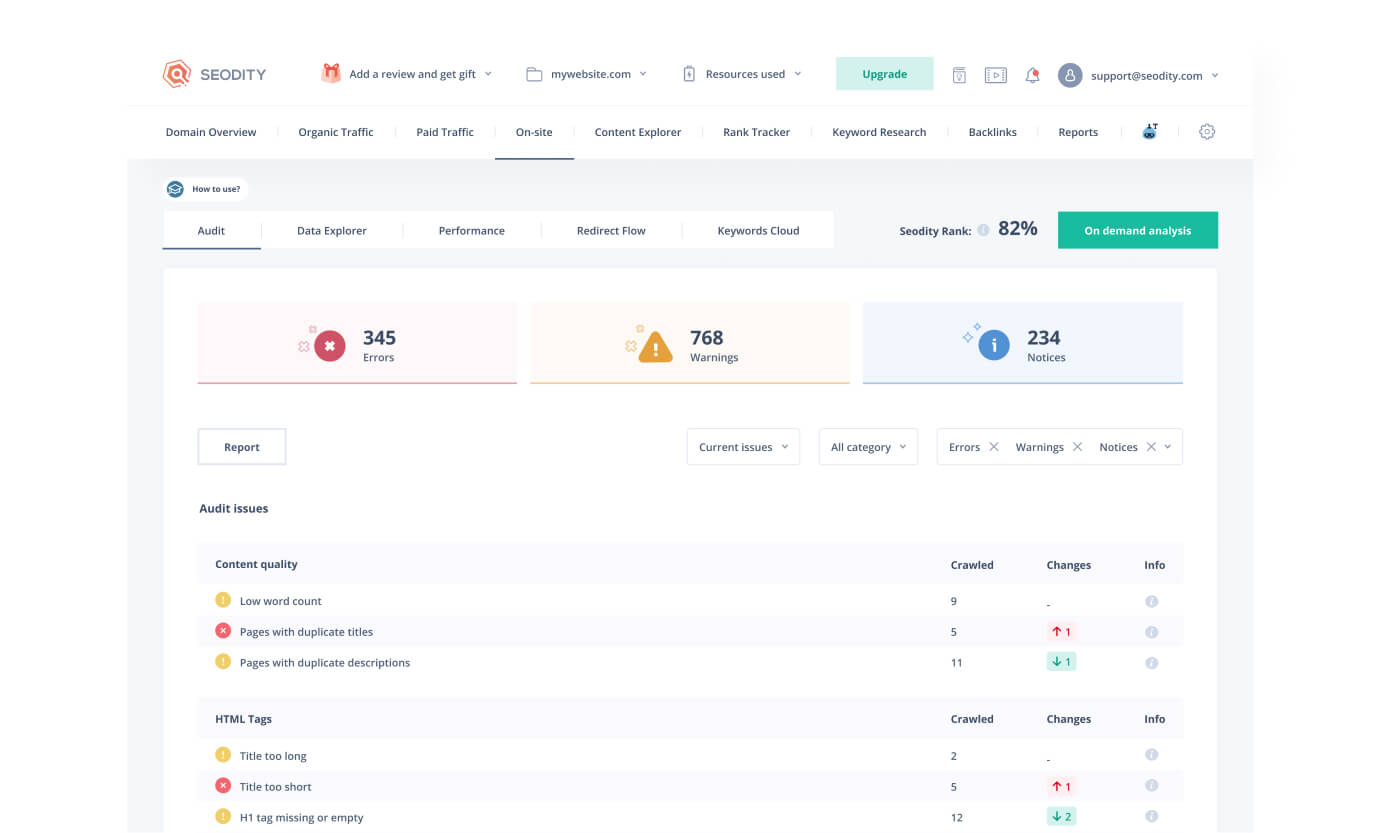
https://seodity.com/on-site-and-data-explorer
Frequently Asked Questions (FAQs)
How do I change meta title and description?
You can change the meta title and description of a webpage by editing the HTML of the page. The title tag is found within the <head> section of your page's HTML and is typically formatted as <title>Your Page Title</title>. The meta description can be added directly below the title tag in the <head> section, formatted as <meta name="description" content="Your Page Description" />. Make sure to replace "Your Page Title" and "Your Page Description" with your desired title and description.
What is the difference between title tag and meta description?
The title tag and meta description serve different but complementary roles in SEO. The title tag is an HTML element that specifies the title of a web page. It's displayed on search engine results pages (SERPs) as the clickable headline for a given result, and on the browser tab. The meta description, on the other hand, is a brief summary of a page's content. It's displayed under the title tag in search results. While the title tag is crucial for search engine ranking, the meta description plays a significant role in enticing users to click on the search result.
Does changing meta title affect SEO?
Yes, changing the meta title can impact SEO. The meta title is one of the key factors search engines consider when determining what a page is about and where to rank it in search results. Changing the meta title can potentially improve your SEO if the new title is more relevant, descriptive, and includes key terms that people are likely to search for. However, changes should be made carefully, as altering a well-performing title could potentially have negative effects on your page's SEO.
What does changing the title tag have an impact on?
Changing the title tag can have several impacts. From an SEO perspective, the title tag is a key factor in how search engines understand the content of your page, so changing it can affect how your page is ranked in search results. A well-crafted title tag can help to improve your page's visibility in search results, potentially leading to increased organic traffic. From a user perspective, the title tag serves as a first impression of your page. A relevant, compelling title tag can encourage users to click on your page when it appears in search results, and can improve the perceived relevancy of your page to the user's search.

Marcin is co-founder of Seodity
.svg)
